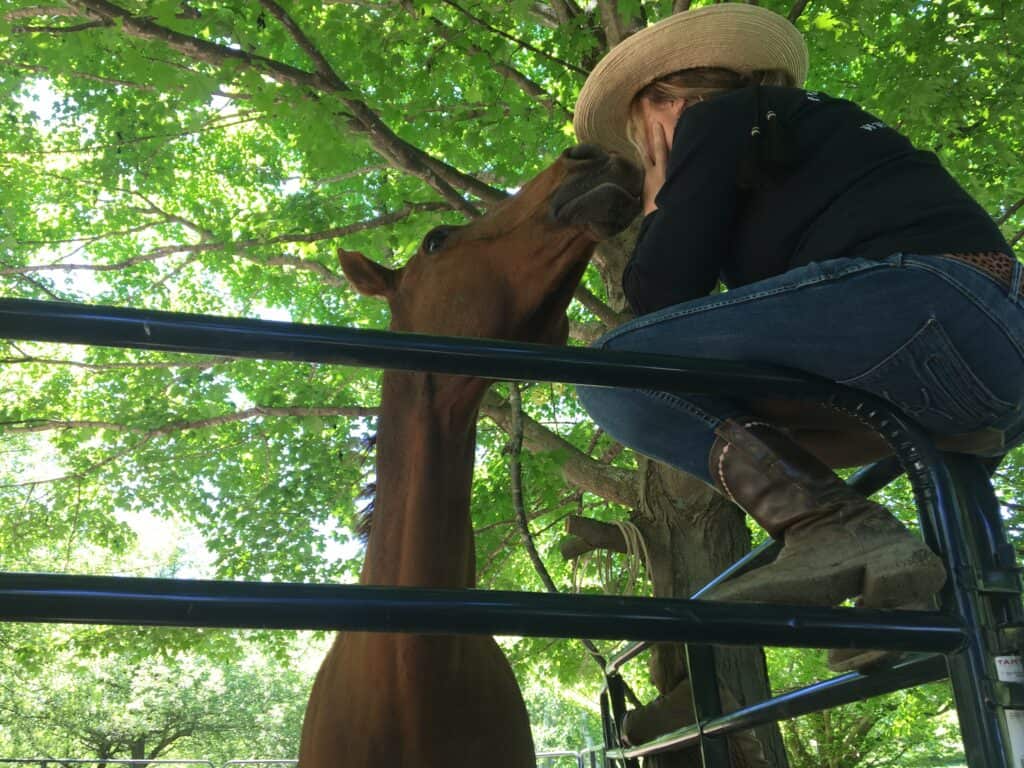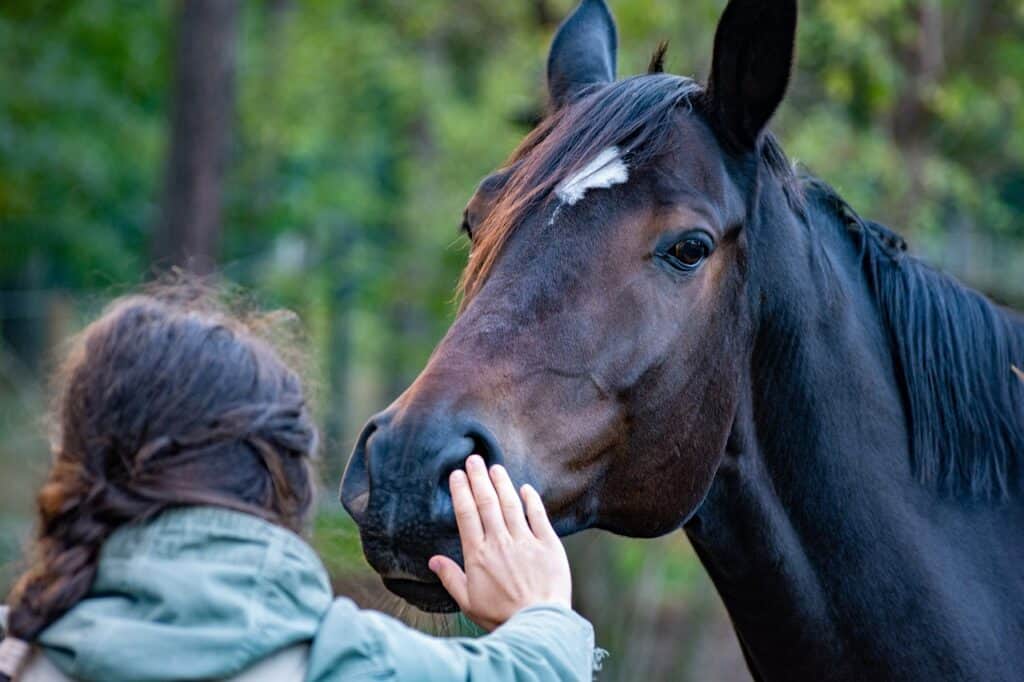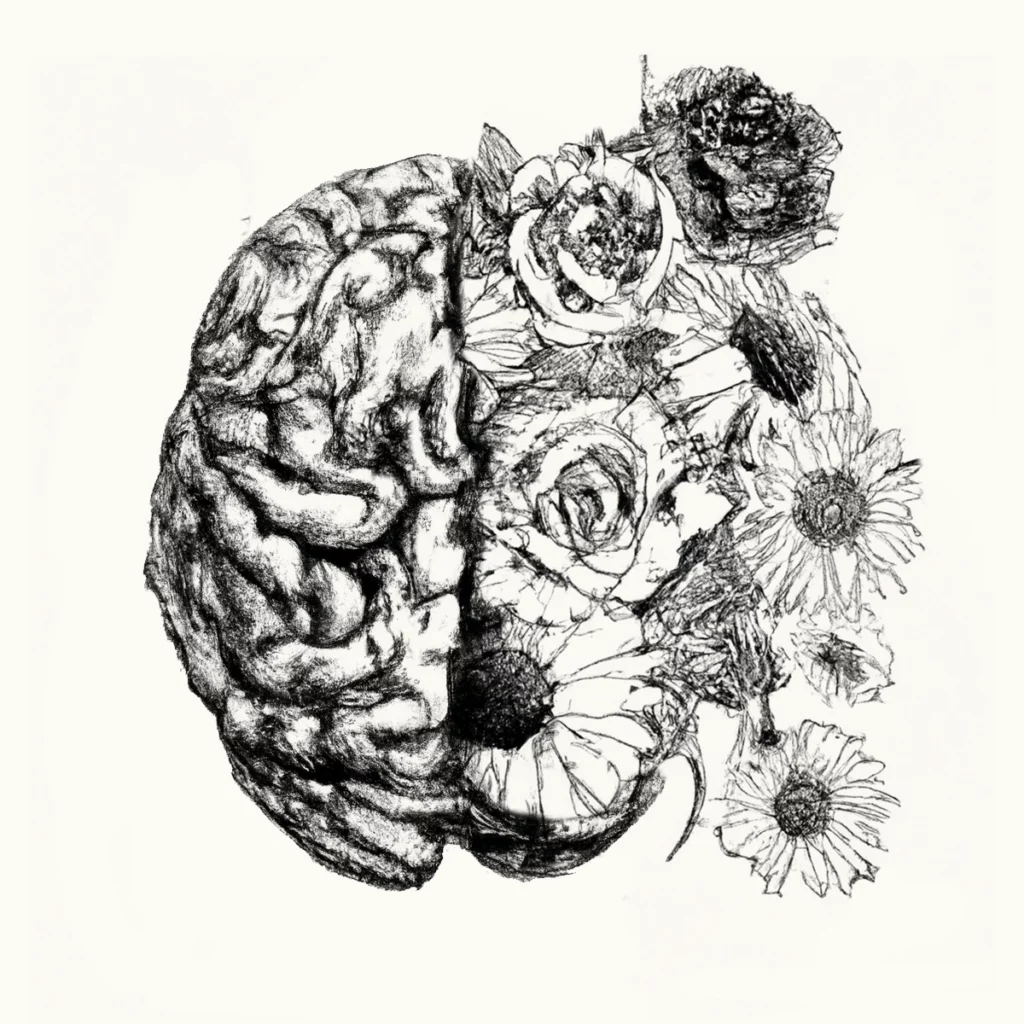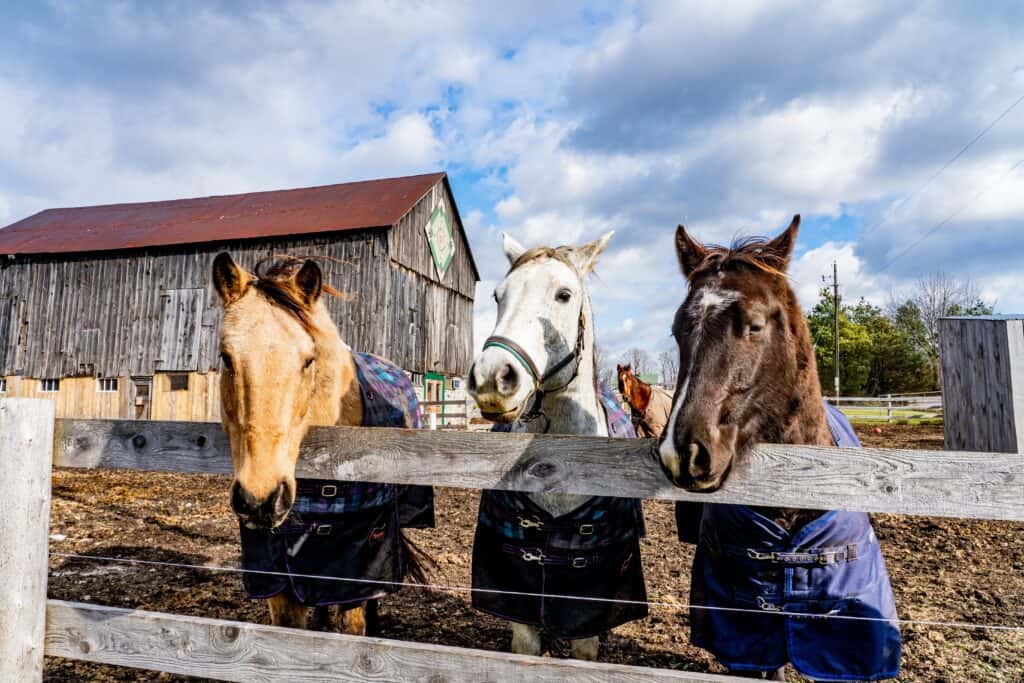With a thriving private practice in Arizona, Sarah Jenkins, MC, LPC, is an EMDRIA Approved EMDR Training Provider, EMDRIA Approved EMDR Consultant, Certified EMDR therapist, Equine-Assisted Therapist and 200 hour registered yoga teacher. Sarah is also credentialed as a Chartered Psychologist (CPsychol) by the British Psychological Society.
A trauma and dissociation specialist, EMDR therapist for over twenty years, and lifelong horsewoman, Sarah created EquiLateral: The Equine-Assisted EMDR Protocol™. EquiLateral™ became the first EMDRIA Approved protocol for integrating EMDR and equine-assisted interactions, becoming known as Equine-Assisted EMDR (EA-EMDR). Based on the success of her EA-EMDR protocol, Sarah offers EMDRIA approved workshops and an EMDRIA Approved best practice training EquiLateral™: The Equine-Assisted EMDR Course for EMDR Therapists & Equine Professionals.
In addition, through her experience in both EMDR and Equine Assisted Therapy, Sarah also offers consultation for those EMDR therapists seeking to expand their skills in utilizing strategies from the perspective of an animal assisted EMDR approach, especially in their work with complex clients. Providing ongoing consultation for those seeking to increase their confidence in utilizing EMDR therapy with complex cases, her expertise includes teaching the application of structural dissociation theory in the treatment of dissociation. Sarah’s EMDRIA Approved EMDR Basic Training also provides attendees with additional curriculum on dissociation and the treatment of complex trauma.
Also a highly sought-after public speaker, Sarah has conducted numerous workshops, presentations, and seminars for a variety of corporations and federally funded organizations as well as spoken about EA-EMDR at numerous national and international conferences including EMDR International Association (EMDRIA), EMDR Canada, and EMDR Europe.




